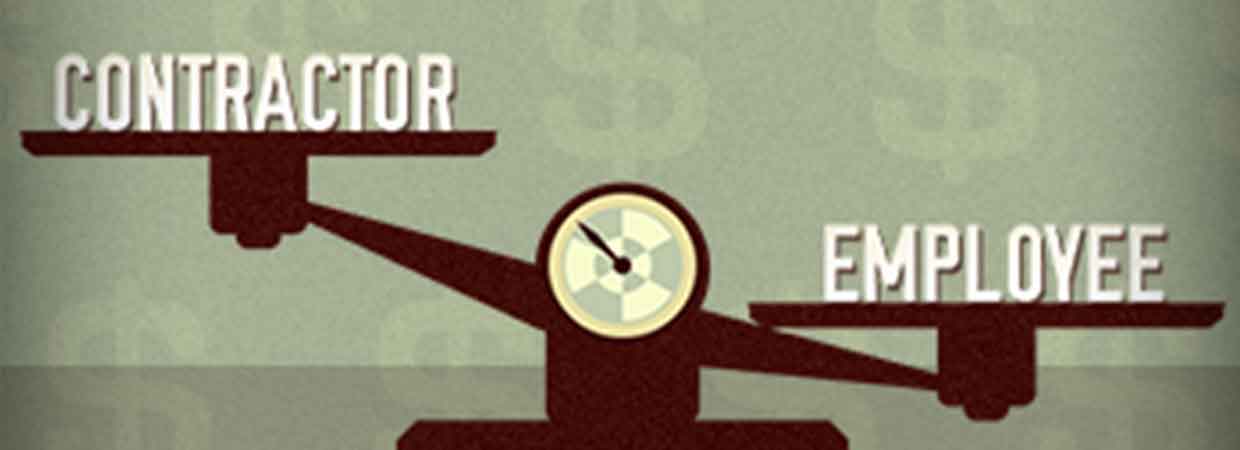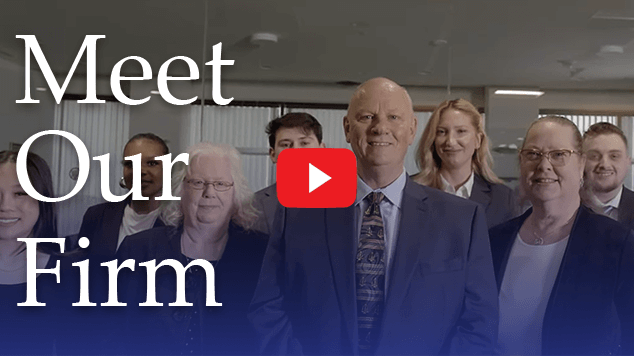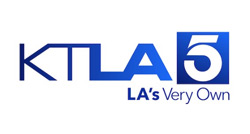
For quite some time a trend has existed in which business owners and employers have attempted to move employees off of the company payroll and reclassify or hire new individuals as a contractor rather than employees. In pursuing this strategy business owners attempt to reduce their costs and overhead for personnel permitting greater flexibility and competitiveness. However, government agencies including the IRS and Department of Labor (DOL) are monitoring this practice for potential instances of employee misclassification. Companies that come under investigation for such actions face morale and momentum-sapping inquiries and can face significant fines.
Most employers probably assume that the U.S. government has a unified definition as to what characteristics constitutes an employee versus the characteristics of an independent contractor. Unfortunately, this assumption is not accurate and there is tension between whom the IRS and DOL consider a contractor. Furthermore, a lack of consideration of the different standards applied can result in enforcement action against the business, worker, or both.
What Test Does the IRS Use to Determine Employee or Contractor Status?
The IRS utilizes the common law control test to determine worker status. Under this test, the analysis is focused upon the employer’s control over the worker. Furthermore, the broader economic realities of the working relationship are not taken into account the common law approach to this issue. As such, the IRS holds that a general rule for determining worker status is whether the employer has control over only the result of the work or also the process by which the work is performed. If the employer controls both aspects, the worker is likely an employee. If the employer only controls the result of the work, then the worker is likely an independent contractor. Additional relevant inquiries under the common law rule include the financial & business aspects of the relationship and the type of relationship (whether employee-type benefits exist, permanency, key aspect of business) that exists.
This determination is essential because employees give rise to an employer’s obligation to withhold employment taxes while contractor status gives rise to a contractor’s obligation to satisfy the self-employment tax. Employers who misclassify workers under the IRS common law test are liable for back employment taxes and penalties. Furthermore, if the misclassification was made without a reasonable basis, the employer is not eligible for relief as discussed at length in Publication 1976, Section 530 Employment Tax Relief Requirements.
Whom Does the DOL Consider an Employee? An Independent Contractor?
Unlike the IRS that still relies on the common law rule, the DOL’s classification of employees and contractors is based on Fair Labor Standards Act definition of employee which is: “to suffer or permit to work.” Furthermore, the definition is al later-developed economic realities test. This results in the DOL applying a much broader concept of an employee than the IRS approach. Under the economic realities test, a multi-factor approach is utilized in which no single factor is determinative and should rather be applied flexibly within the context of whether the worker is “economically dependent” on the employer. Furthermore, the “suffer or permit” definition of employee has traditionally been construed broadly.
As interpreted by the federal courts including the Supreme Court, the standards used to determine employee or contractor status include:
- The extent that the work is an integral part of the employer’s business.
- The extent of relative investments made by the employer and worker.
- Dependent on the worker’s managerial skill, the opportunity for the worker to profit or suffer loss.
- If special skills or initiative are a prerequisite to the work performed.
- If the relationship is permanent.
- The amount of control exercised or retained by the employer over the worker.
Unlike the more constrained IRS approach, DOL states that under this broad test “most workers are employees.”
Tension between IRS & DOL Employee Classification Tests Creates Uncertainty and Potential Liabilities for Employers
Employers must understand the difference in approach and contours between the tests. For a worker it is certainly possible to arrive at one result under the IRS common law approach and a different result under the DOL FLSA approach. As such, the employer and worker may be confused as to the exact nature of tax obligations. Furthermore, this lack of clarity can create confusion as to whether certain worker protections apply to the individual worker.
Employers facing this lack of clarity should consult with an experienced tax attorney who can provide guidance as to worker classification. David W. Klasing is a tax attorney and a CPA who can bring an experienced approach to multidisciplinary concerns faced by business owners. To schedule a reduced-rate consultation at the Los Angeles or Orange County locations of the Tax Law Offices of David W. Klasing call 800-681-1295 today or contact our experienced legal team online.












